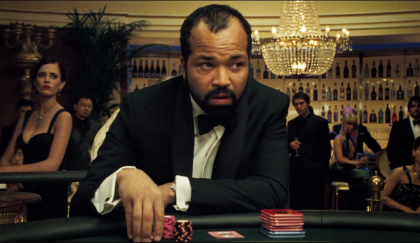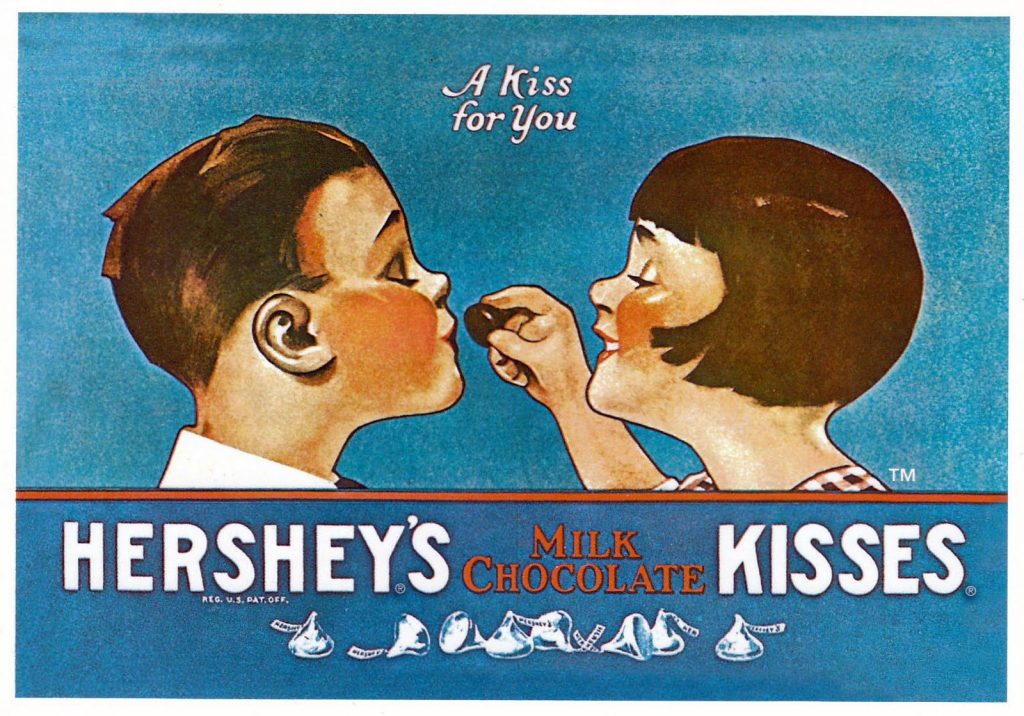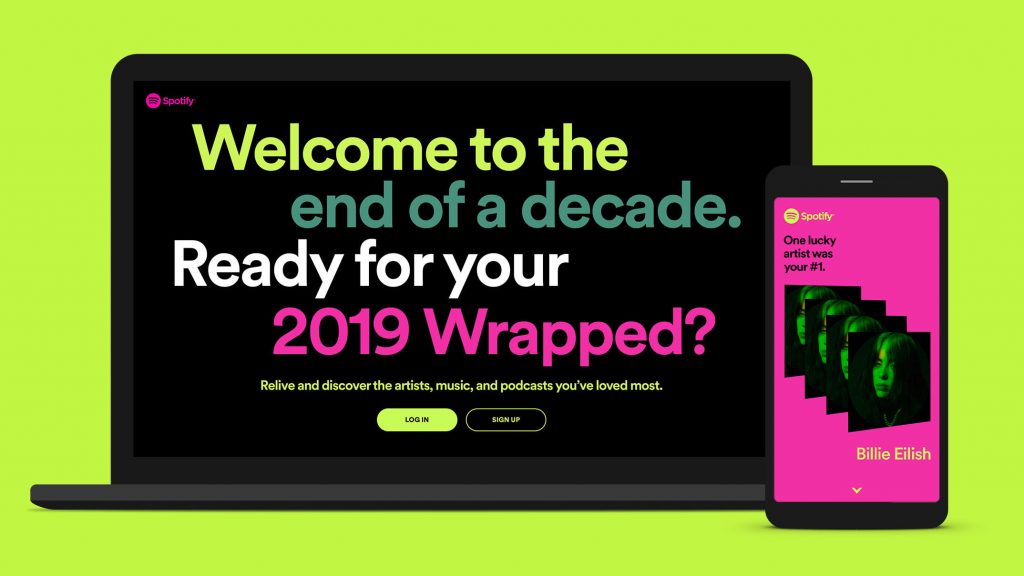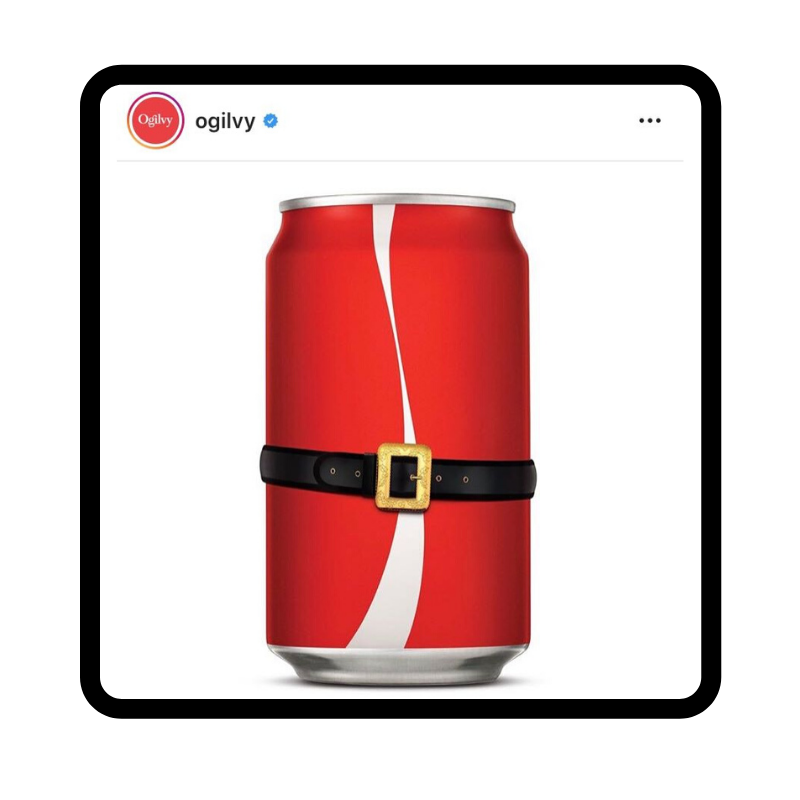The Great Marketing Buy-In: Pitching To Your Team & Video’s 2020 Reign

Think of the last thing you bought. Why did you buy it? Because you needed it? Maybe. But even if you needed it, why’d you pick that particular brand of kombucha, paper towel, or smartphone from Amazon/that brick-and-mortar store? In a word:
Marketing: convincing someone that they should do something and that this something was their idea all along. And the better the marketing, the less credit it’ll get. In the digital agency world, marketing is the most important least important job there is. Even if you don’t think you need marketing, you do. If you think you’re not a marketer, you are.
Semi-Sweet History
Milton Hershey famously said of his eponymous empire that the best Hershey’s ad was a kid seeing their classic candy wrapper glistening on the sidewalk. This sentiment made sense for his company, but unless you’re a brand behemoth whose name is universally known with a built-in audience in the billions, you’re going to have to market your goods/services (and even Hershey’s caved; launching their first national ad campaign in 1969).

Minding Profits & Emotional Rescue
The idea of marketing as we now know it originated with Sigmund Freud’s nephew, Edward Bernays. Before Bernays, any advertising meant simply describing what the product was and how much it costs: this is a Bristle Hair Brush made from Porcupine Quills. It’s $1. The end. Ads were mere basic descriptors. Bernays changed the advertising game in the early 20th century by taking uncle Freud’s psychoanalytical insights and applying them to the marketplace.
Marketing was no longer about what a product is or does — it became about how that new Cadillac makes you feel, the experience of wearing that Coco Chanel dress. And today, giants like Spotify play with that same sense of nostalgia with the likes of their 2019:Wrapped feature. Think about it in these terms, especially for B2C’s — has Coca-Cola tampered with their formula since 1925? No. Is it the same carbonated sugar water from a century ago? Yes. What’s the only thing that has changed in regards to their offering? Marketing.


Meta Marketing Side Hustle
Making an emotional, sentimental plea to audiences is still a standard marketing practice in 2019 (and will continue to be). The less-discussed but even more-pressing reality for agencies is this though: marketers have to market the value of marketing to their own team.
The primary philosophical reason for this epidemic is that marketing is not seen as essential. It’s an extra effort, an extra lift, extra time. It’s unnecessary. We built the website, isn’t that enough? It’s likely your team is reticent because they have no experience in marketing, no processes in place to execute it, and no sense of the ROI. You’ll have to illustrate this for them.
Building a website doesn’t guarantee anyone will visit. That’s why we invented marketers.
You have to contextualize your brilliant marketing ideas with a clear, measurable business objective — getting Likes on Social doesn’t count. You then have to relay this message by doing the following internally:
- Communicate your intent and purpose
- Distill your proposed content to its essentials
- Collaboratively involve your teammates
- Make it seem like it was their idea
- Emphasize how it will make their job(s) easier
- Always use Data to showcase your value
The best way to pitch anyone? Video.
There’s been plenty written about how audiences don’t read anymore. But what do all users love to do? Watch videos. A lot of them. All the time. Over 1,000 hours of content will be uploaded to YouTube by the time you finish reading this. Ideally, this blog would just be a video.
Video narratives aren’t a mere extra but an absolute necessity in digital for 2020 and beyond. YouTube is no longer just a video streaming platform — YouTube is a search engine. And second only to Google (which it’s owned by, anyway). But this zeal over video is nothing new. Ever since the dawn of cinema over a century ago, the undeniable sensory beast of kinetic visuals with a swirl of sound still beats out any other medium in terms of showcasing content that’s more engaging, more shareable and most memorable.
Lights. Camera. Call to Action.
One (of many) marketing misconceptions is that a video means out of scope. The term evokes visions of sets and crews and directors and stages and wardrobe and… a Marvel Movie? It’ll take too long. It requires too many people. It costs too much. On and on will go the objections. In the time people take protesting, they could have easily shot a short on their phone and posted it.
If your written content is often underestimated in terms of time/effort level, your video has the contrary problem — many people think there’s no ROI because they overestimate the lift. Yes, you’ll need an idea. A script. Or at least an outline. And yes, you’ll need a camera/your phone. But this needn’t be Scorsese: audiences respond more to a video that’s authentic, relatable and helpful as opposed to pure production value glam.

Shoot Your Shot: Staggering Video Stats
- A website with video content is 53 times more likely to be featured on the first page of a Google search than a website without
- Adding video to your emails increases click-rates by 300%
- Videos create 300% more traffic for lead generation
- 85% of users want to see more video content from brands
- Video is expected to make up 82% of internet traffic by 2021
Best Film Practices:
- Video content that’s two minutes or less has the best engagement
- Users have an intrinsic distaste for autoplay
- As over half of the videos are played without sound, always include captions
More frame-by-frame video stats.
Reframe Your Strategy with an Invisible Hand
Every person is a platform, and no content currently engages more people on more platforms than video (and yes, VR is still just glorified video). If a video seems too hard to do for you and your team, that’s good. That means no else is doing it in your space — or if they are, they’re not doing it well. This field is wide open, so get to work. And then just press play.
No matter what you make in this world, you want it to be seen and/or heard. That’s the job of marketing. To give audiences access to whatever your organization’s offerings may be. If you create a genius bit of content that no one ever gets the chance to experience, does it still have value? Maybe — but it won’t convert.
